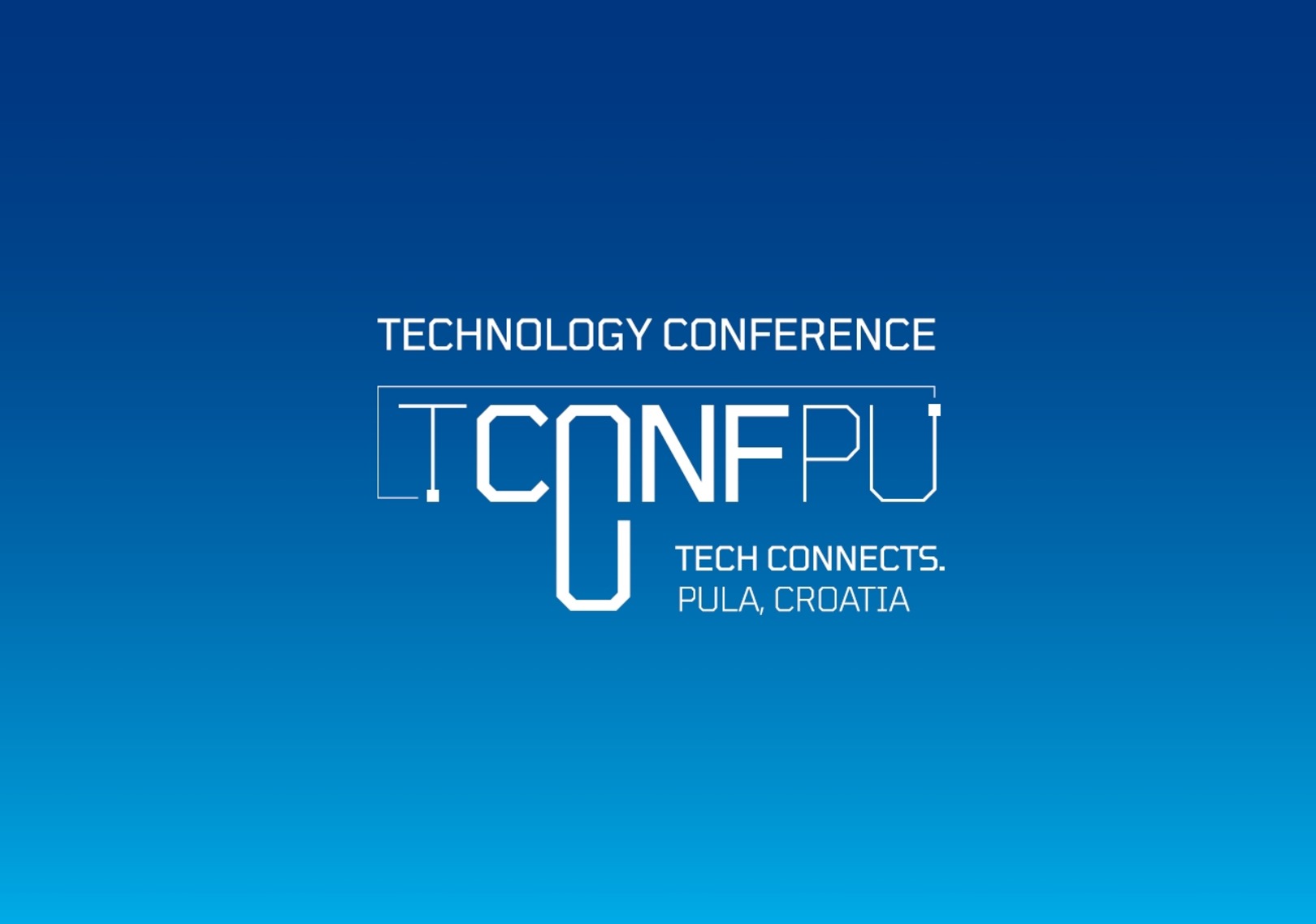Assoc. Prof. Ana Sović Kržić, University of Zagreb Faculty of Electrical Engineering and Computing
Educational robotics uses robots and technology for educational purposes, allowing students to learn the basics of mechanical engineering, electrical engineering, and computer science through interactive activities. It also helps them develop skills such as problem-solving, logical and critical thinking, and teamwork. This lecture will present different types of educational robots and the various possibilities they offer. Many teachers feel intimidated by robots and new technologies, primarily due to a lack of experience. An additional source of stress is the fear that students might know more than they do. The lecture will also address research on teachers’ negative attitudes toward robots, using the Negative Attitudes Toward Robots Scale (NARS). Robots should be used as tools to assist humans in various fields of work. One possible application is the promotion of reading literacy. We conducted a research among 140 elementary school students. The students were asked to write a short story that could be performed on stage, where at least one of the characters is a robot. By analyzing these stories, we can gain insights into students’ perceptions and attitudes about robots—for example, whether robots have friends, whether they fight, and what differences exist between stories written by girls versus those written by boys.
At the end of the presentation, the robot Robi will be presented. The robot was created in 1961 in Croatia and is the first humanoid robot to have walked across the main square of the city of Zagreb. It is approximately 220 cm tall and weighs around 200 kg. In the past two years, it has been modernized and will be showcased during this lecture.
Full. Prof. Damir Godec, University of Zagreb, Faculty of Mechanical Engineering and Naval Architecture
Additive manufacturing is one of the pillars of Industry 4.0 and over the past thirty years has enabled significant progress in the development and production of complex products that are very difficult or even impossible to manufacture using traditional manufacturing technologies. Further development and improvement of additive manufacturing processes, materials for additive manufacturing, computer support for additive manufacturing, as well as the increasingly intensive application of artificial intelligence in the field of additive manufacturing open up new worlds of possibilities for the application of additive manufacturing to create new and improved products – from mechanical engineering, toolmaking, the construction industry, through the food industry, the transport sector, to medical applications. The lecture covers current trends in the application of additive manufacturing in these sectors, as well as a review of the potential for the future development of additive manufacturing.
Martine-Nicole Rojina, Founder & Director, MPATHY STUDIO
In her current artistic research, Martine-Nicole Rojina examines unbecoming, the process of shedding internalised filters and cultural assumptions to enable curiosity driven intercultural interfacing. By examining how perception is shaped by nervous systems, societal narratives, and sensory bias, her approach invites participants to co-create speculative safe spaces for trust-based exploration and connection. Curating emotional ecosystems that challenge dominant cognitive modes and open pathways for neurodiverse, intercultural, interspecies, and intersystem engagement.
In her lecture, she invites us to shift perception from cognitive observation to cultivating sustainable awareness and deeper relational understanding. Drawing on experiences in extreme environments, from deep-sea immersion to Mars habitat leadership training, composing tactile music and eco-centered communication.
Rojina brings over 20 years of international experience as an interdisciplinary artist, educator, and transdisciplinary leader across media art, sound and light design, inclusive innovation, and sustainability. As a creative leader for Creative Europe funded projects, she advances accessibility and environmental awareness while empowering underrepresented communities through creative technology. She teaches Sound Art and Innovative Use of Technology at University of Music and Performing Arts in Munich and co-develops intercultural mental health hubs for inclusive innovation.
 Pristupačnost
Pristupačnost


